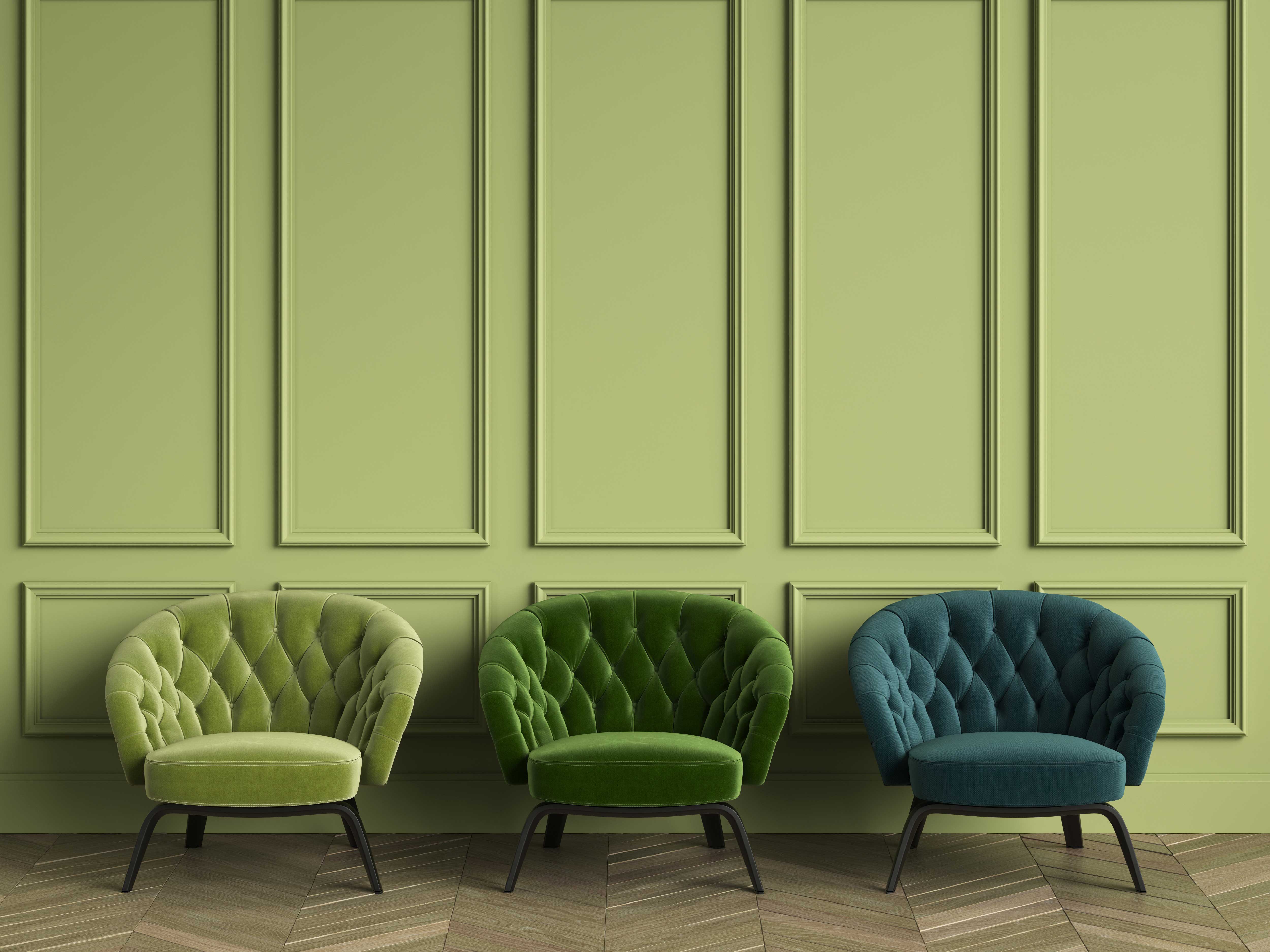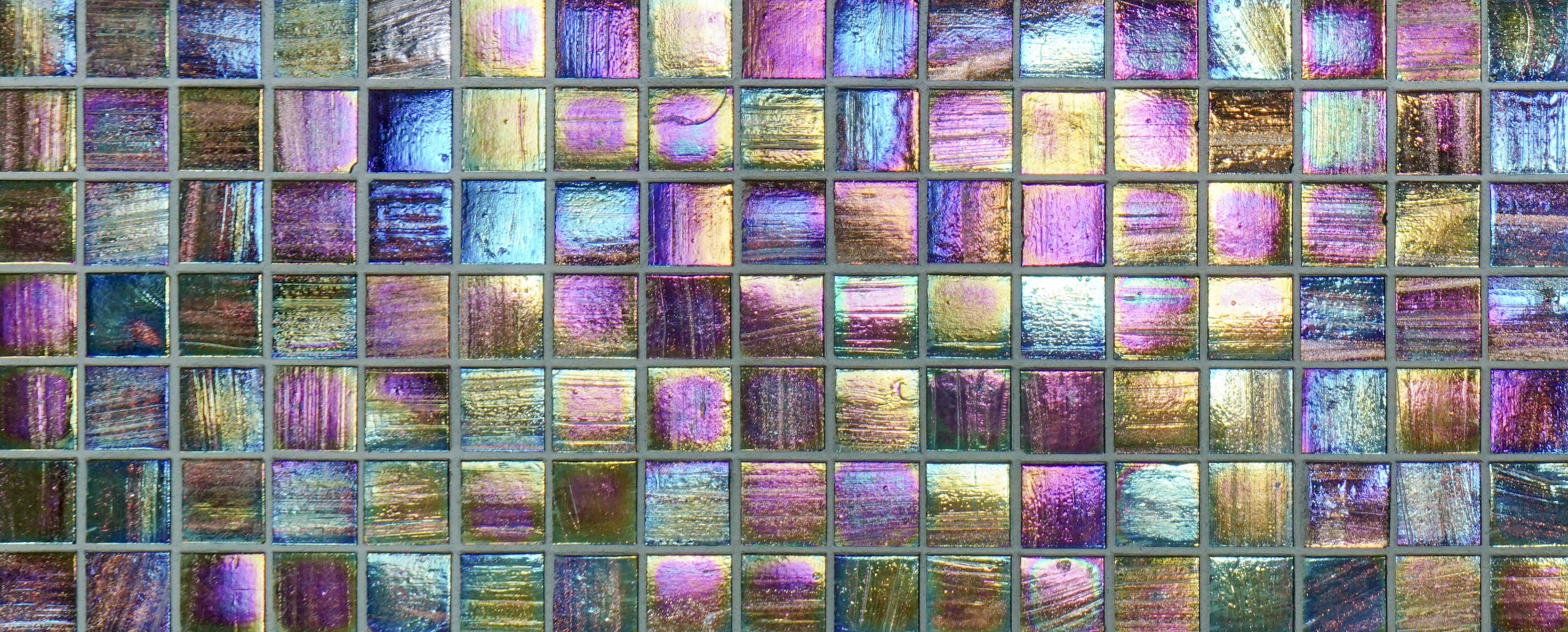07 Dec How Color Inspires Interior Design

Whether a novice, or a professional interior designer, knowing and understanding the importance of color is one of the first and most critical aspects of designing any space. If you’re considering color techniques in design, there are several factors to consider, including, but not limited to purpose, size, and positioning of the area as sun shines in throughout the day. Below are a few ways that our interior designers at Model55 use different aspects of color to select the right shades for our clients:
Colors and Emotions
There are a lot of articles online about the psychology of color in design, all covering how certain colors can bring a feeling or emotion to any room. Interior designers know that colors can elicit either positive or negative feelings. For example, colors can remind people of certain memories, whether good or bad, causing them to subconsciously feel different ways while surrounded by different shades.
Despite the importance of memory associations when selecting colors for interior design, the subject of memory and color does not even begin to scratch the surface of how deeply psychology is involved in choosing colors for any given space. If we separate the notion of memory and colors from the equation entirely, there are countless surveys and studies that have been done to uncover what colors are generally associated with positive feelings such as calming, relaxing, happy, energetic, and focused, as opposed to negative feelings, which include irritated, sad, drained, and scattered.

For example, bright reds and oranges are warm colors that are great for rooms, which are meant for stimulating times and activities, as they tend to affect most people in a way that invigorates and awakens the senses, whereas cooler and calmer blues and greens are meant to relax and unnerve the psyche.
Colors Relating To The Look You’re Going For
Now that you understand the basic principles of emotions correlated with color in the practice of interior design, the next step we recommend on your way to selecting the right colors for your design project is to define the looks you hope to accomplish in any room. One thing that we like to have our clients do is to list the ideas they have involving the design of the project.
If a client expresses the desire to make their apartment elegant, using crystal accents and Victorian-inspired furniture, we might suggest a cooler color, leaning towards purple or grey. Both colors are associated with expensive, formal environments in the field of interior design, and would compliment the theme of elegance well.
Once we have selected the appropriate color based on theme, emotion, and a general idea of room décor, it is time to select the right shade…
How Color Impacts The Size and Location of a Room
Staying on the hypothetical, elegant apartment, we have decided to choose from a variety of cooler, purple colors for our accent wall. Now, we must consider how the wall is affected throughout the day by the sun. For example, if the sun shines brightly through the windows in the afternoon until sunset, we want to consider what happens to our selection when placed in the sunlight. Because we associate elegance and refinery with calming and cool, we want to ensure that we select a purple that doesn’t loose it’s cooling effect and become warmer, brighter, and more vibrant when the sun shines on it.

We also want to consider how the color will blend seamlessly into the other areas of the apartment, along with the size of the space. For example, if our client’s apartment is larger than desired, we might choose a darker shade of cool purple to help lessen the feeling of space in the room, whereas if the apartment is small, we would choose a lighter shade to create an optical illusion of openness in the room, making it feel larger than it truly is (adding to the theme of ornate and elegance).
A Lot To Consider When It Comes To Color
If it seems like there are a lot of aspects to consider when it comes to color and interior design, it’s because there are. As professional designers, we have studied the range of applications and ways color can be used to inspire and compliment design. Whether you’re looking to create a space full or flare and impact, or a space that is refined and subdued, you can use color to effectively accomplish almost any feeling you want to bring to your community’s model(s).

No Comments